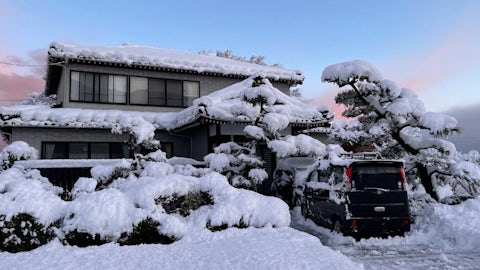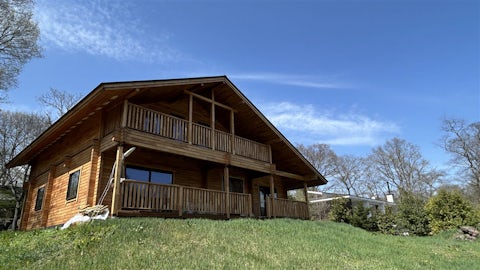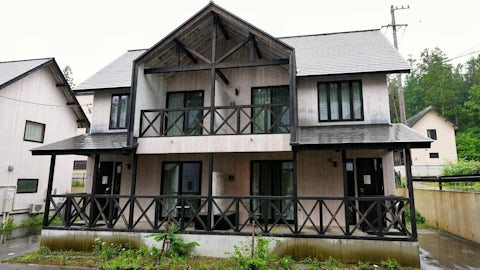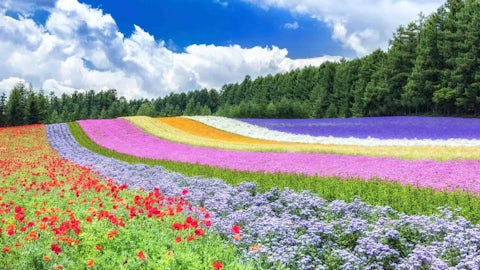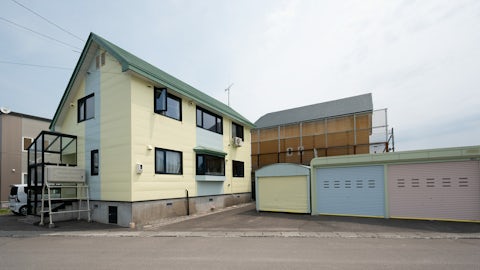
Minimalism, often encapsulated by the phrase "less is more," is occasionally embraced in the West but is deeply ingrained in Japanese culture, influencing daily life, design, and seasonal traditions such as spring celebrations. This philosophy is evident in Japanese homes, from contemporary Niseko chalets to traditional machiya houses. Japanese minimalism and spring traditions shape architectural design, layouts, interiors, and color palettes in sought-after Japanese properties.
Architectural harmony with nature
The architectural design of many chalets and modern Japanese houses reflects Japanese minimalism through clean lines, functional spaces, and a focus on nature. Open floor plans, full-length windows, and balconies provide expansive views of the surrounding natural landscape, creating a serene atmosphere that embodies the essence of spring. This minimalist approach harmonises the home with nature, allowing the beauty of the outdoors to become the focal point and reflecting the rejuvenating spirit of the season.
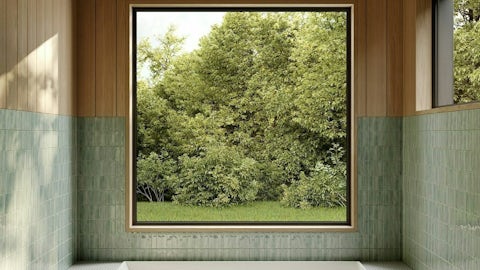
Recognising space and flow
The concept of "ma," which values empty space and spatial awareness, is frequently used in Japanese homes. This concept is evident in the open-plan living areas, where the lounge, dining, and kitchen areas flow seamlessly into one another without the use of internal walls. Instead of walls, natural materials or changes in lighting are used to subtly define different zones. This design fosters a sense of togetherness and encourages socializing, which aligns perfectly with the cozy winter atmosphere and the relaxed energy of spring.

Function and intention
Japanese interiors inspired by spring prioritise simplicity, functionality, and natural materials, aiming for a practical lifestyle. The use of natural materials like softwood and glass panels in their construction allows each room to breathe and interact with light. A sense of balance is maintained in every interior through the combination of similar tones and textures, and the layering of various furniture shapes, resulting in a harmonious and fresh atmosphere.
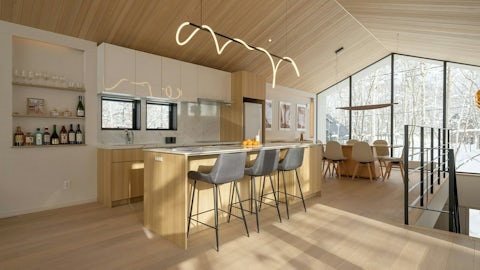
Neutral and natural drama
In line with spring-inspired home design, Japanese minimalist homes favour palettes that mirror nature’s gentler tones:
- Light woods like hinoki or cedar
- Stone finishes with subtle, earthy colors
- White or soft beige walls to enhance natural light
- Dark yakisugi exteriors (burnt timber cladding) for bold contrast
Yakisugi, a traditional wood preservation technique, provides weather resistance and introduces a rich, dramatic character to otherwise serene architecture.
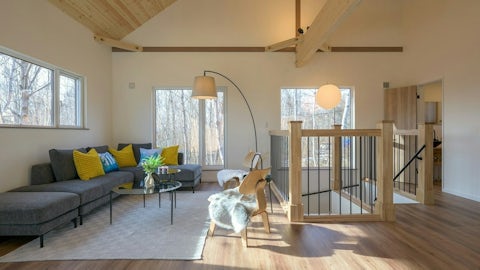
Minimalism as a way of living
Japanese minimalism is more than just a design aesthetic seen in traditional and modern Japanese homes; it's a philosophy and a way of life. These homes are designed to foster an appreciation for life's simple pleasures, from the serene beauty of nature to the tranquility of privacy.
Finding joy in simple things like admiring vibrant cherry blossoms, strolling through lush green landscapes, and cherishing every moment embodies the essence of minimalism. It's about recognising what truly matters and allowing oneself to savor each and every moment. Japanese minimalist homes are designed to celebrate the essentials: space, light, family, and moments of quiet connection.
Each home possesses its own unique charm and character, and by incorporating Japanese minimalism and spring traditions, a meaningful and unforgettable experience is created for homeowners.
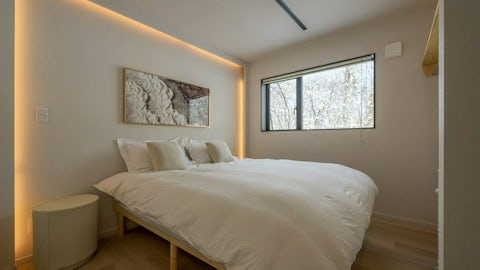
Ready to experience Japan’s minimalist elegance for yourself? Find ski homes, spring retreats, and luxury properties inspired by Japanese design with our selection of exclusive properties.
